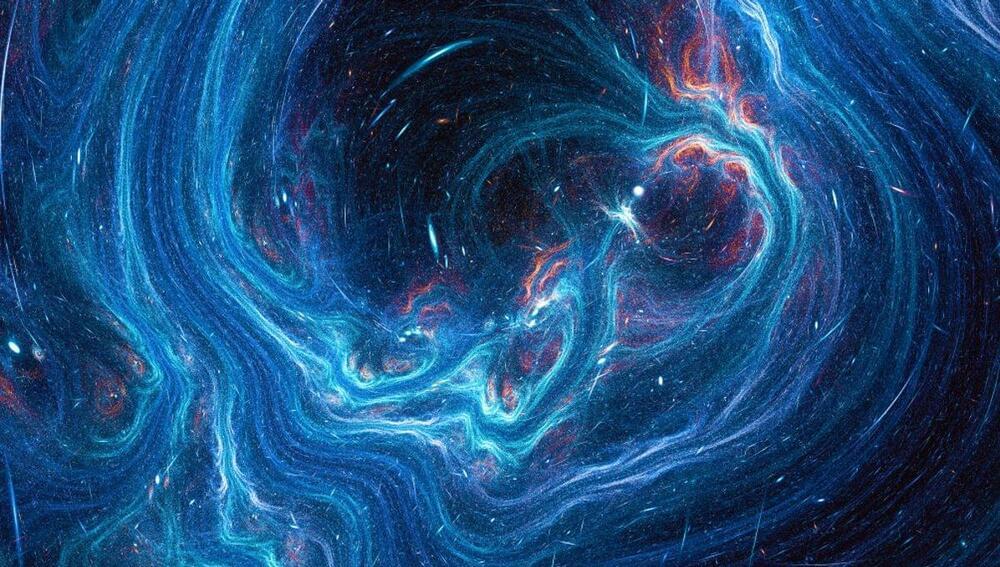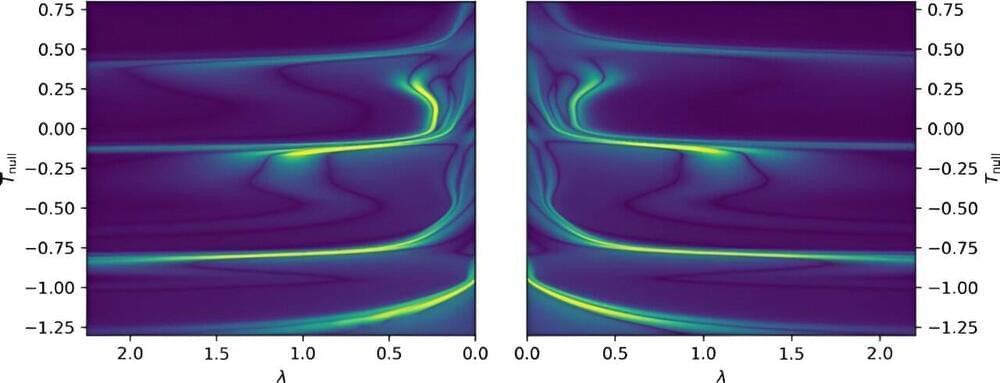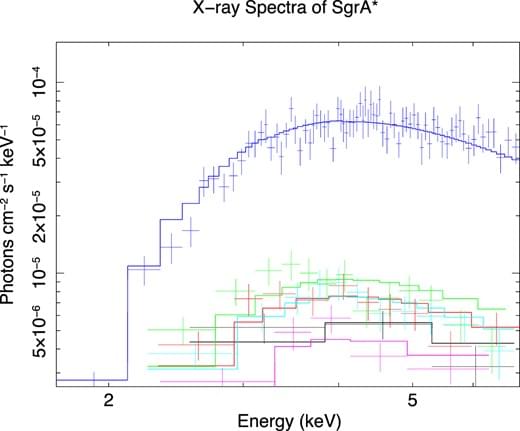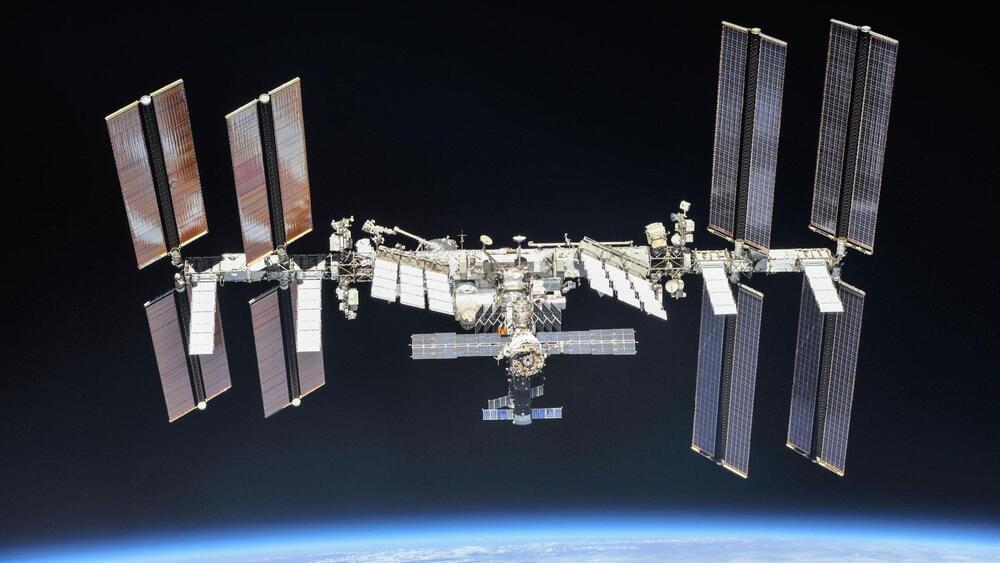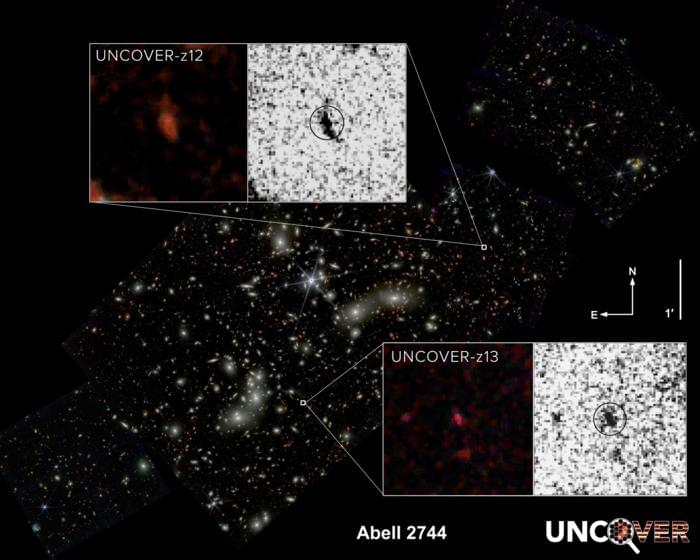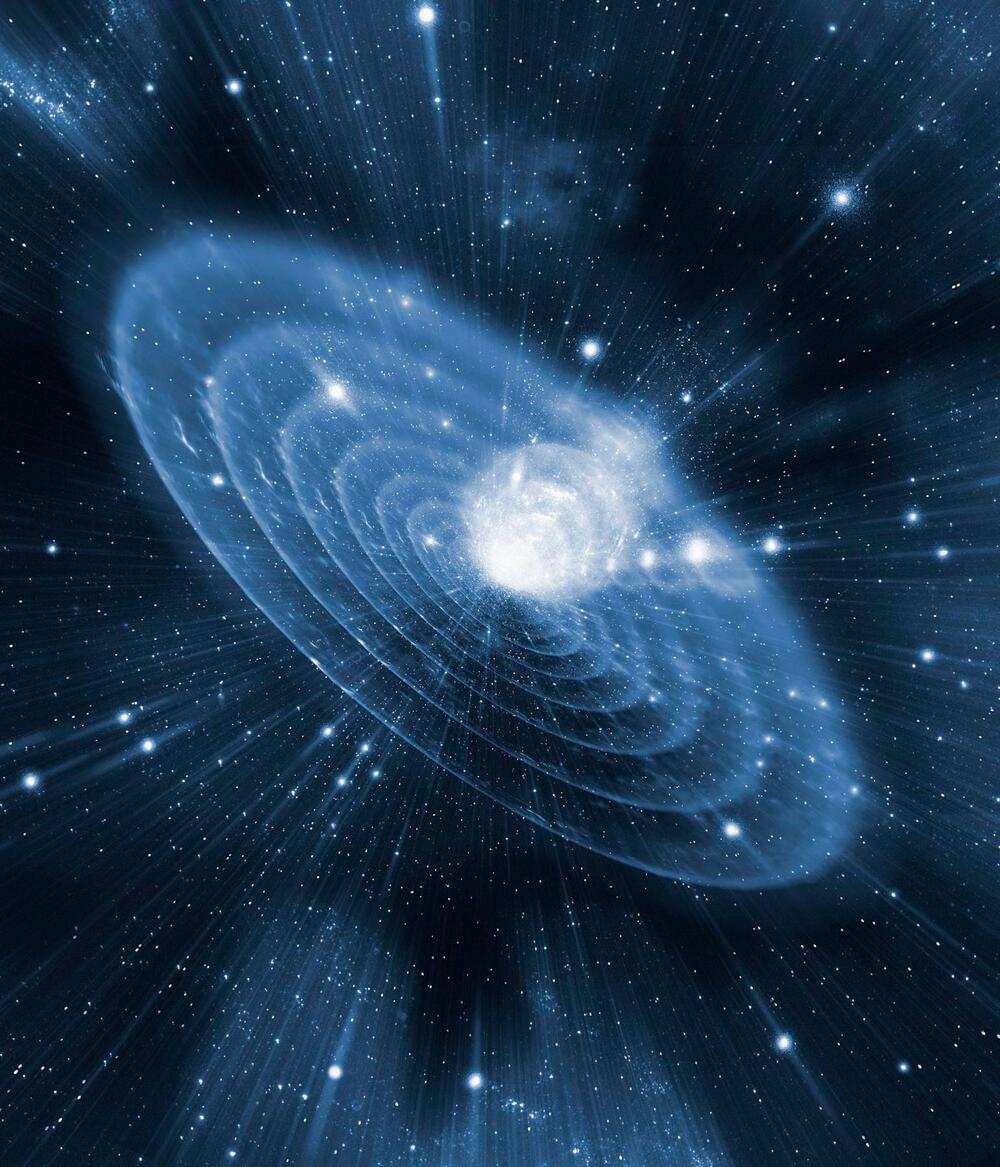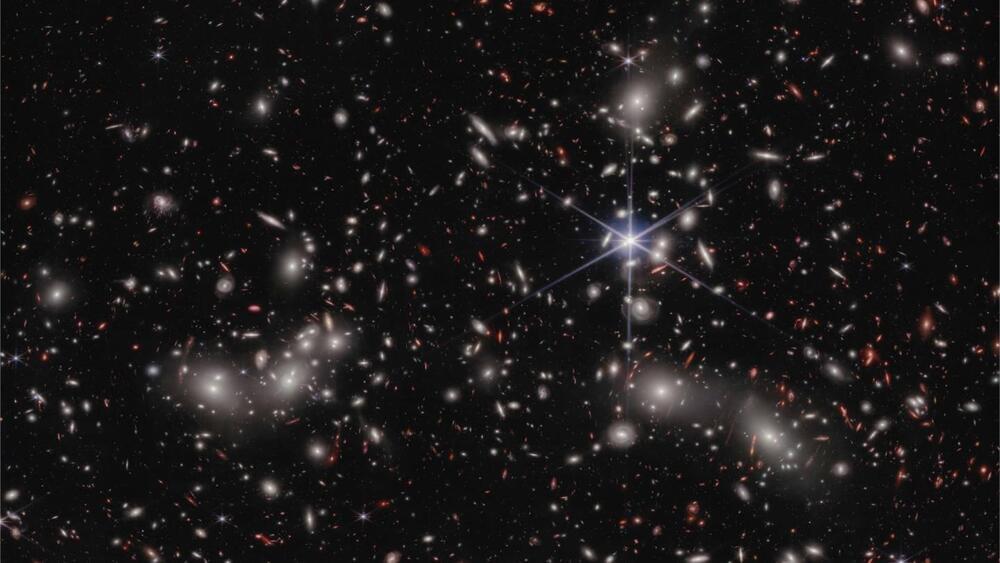While physics tells us that information can neither be created nor destroyed (if information could be created or destroyed, then the entire raison d’etre of physics, that is to predict future events or identify the causes of existing situations, would be impossible), it does not demand that the information be accessible. For decades physicists assumed that the information that fell into a black hole is still there, still existing, just locked away from view.
This was fine, until the 1970s when Stephen Hawking discovered the secret complexities of the event horizon. It turns out that these dark beasts were not as simple as we had been led to believe, and that the event horizons of black holes are one of the few places in the entire cosmos where gravity meets quantum mechanics in a manifest way.
The quest to unify quantum mechanics and gravity stretches back over a century, soon after the development of those two great domains of physics. What prevented their unification was a proliferation of infinities in the mathematics. Anytime gravity became strong at small scales, our equations diverged to infinity and gave useless non-results. But here we are at the boundaries of black holes, which by definition are places of strong gravity. And because the event horizons are mathematical constructs, not actual surfaces with finite extent, to truly understand them we must examine them microscopically, which plants them firmly in the realm of the quantum.


